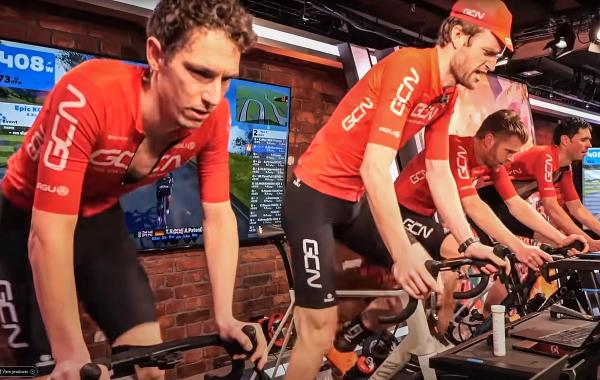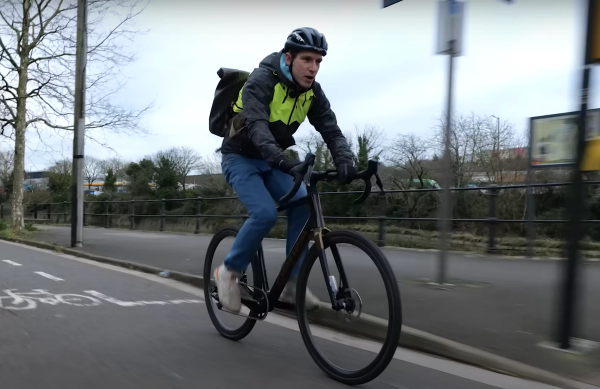Polarised training: How to build cycling endurance without the time penalty
You don’t need to go on long, steady bike rides to build endurance. Polarised training provides a solution for time-strapped cyclists
Tom Hallam-Gravells
Online Production Editor
Endurance is important for every cyclist; it’s what helps us to ride further and faster than ever before. In the old days, building endurance meant 10 to 12 weeks of slogging around country lanes during the winter to rack up those all-important base miles. While that may be the most effective way of building endurance, it’s not very practical for time-strapped cyclists who have to juggle their hobby with everyday life.
Luckily, for those who simply don’t have time for long rides – or those who simply don’t want to do them – there is an alternative option: polarised training. This helps to manage those limited training hours more effectively to maximise endurance gains.
What is polarised training?
Polarised training has undergone a resurgence in popularity recently, but it’s been used by professional athletes for decades.
This method divides training solely between low-intensity and high-intensity workouts, ignoring the middle ground which is known as ‘tempo’. 80% of the training is completed at aerobic capacity, which is easy riding, with the other 20% completed at high intensities.
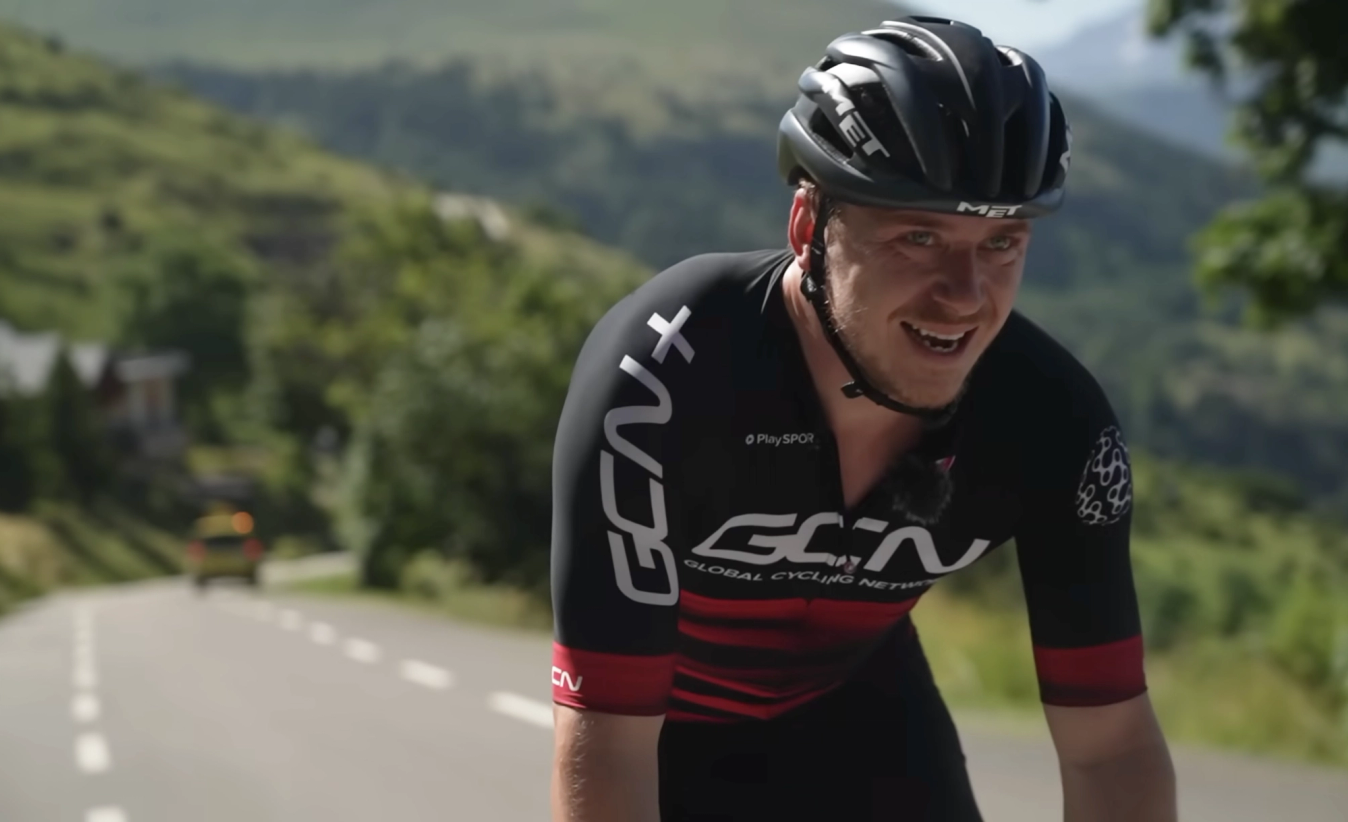
© GCN
Polarised training mixes low and high-intensity riding
Targeting easier training zones for the majority of the time lays a strong aerobic foundation, essentially boosting endurance. That’s then supplemented by top-end power from high-intensity training.
Most time-strapped cyclists follow a completely opposite method, believing that they have to prioritise high-intensity training to maximise the minimal training time they have. That’s not a particularly effective way of training, though, as Dr Iñigo San Millán, Tadej Pogačar’s coach, explained to us in a previous video.
“It's a concept that has been around for many years. People win races while riding at high intensity so, intuitively, they train at that intensity,” he explained.
“The problem in cycling and in sports in general is that muscle bioenergetics don’t work that way. Of course, you win races at a high intensity but, for that, you need to have a very good aerobic base.”
Building that aerobic base means developing more slow-twitch muscle fibres, which in turn means more lower-intensity training, and that’s where polarised training comes in.
- Check out the full interview: The secrets of zone 2 training with Dr Dr Iñigo San Millán
How to start polarised training?
If you only ride three or four times a week like many time-crunched cyclists, it’s hard to achieve the full 80/20 split. However, by shifting the dial across in favour of more low-intensity training, you can still reap the benefits.
Even if you only have time for three or four one-hour rides per week, dedicating one of them to high-intensity and the rest to low-intensity will create a healthy polarised split.
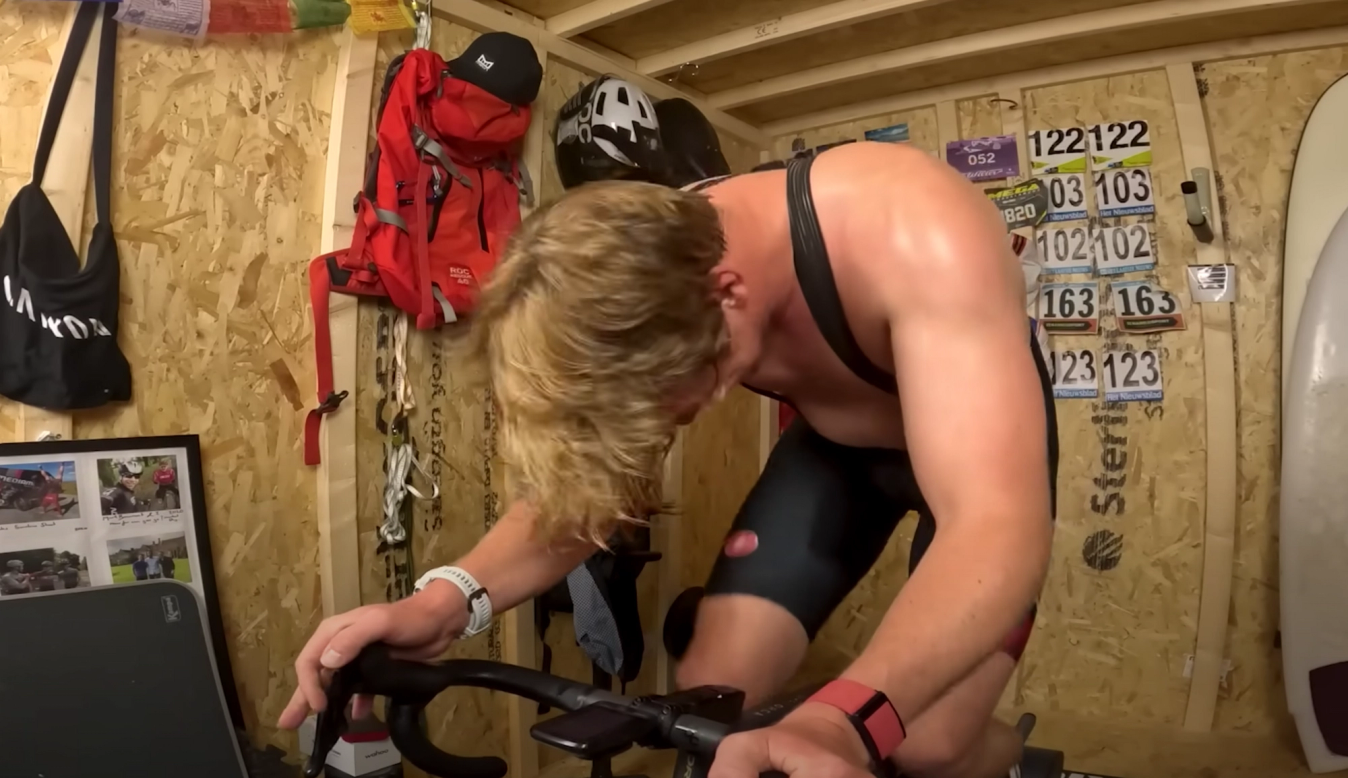
© GCN
Polarised training is great to the winter months
Polarised training converts to indoor cycling during the autumn and winter months too, when, let’s be honest, no one wants to ride outdoors for hours in the pouring rain.
A wide number of indoor training apps like Zwift have made it easier to hop on a turbo trainer and go for an easy spin with friends, while also providing dedicated workouts for those high-intensity days.
What is low-intensity and high-intensity training?
To take full advantage of polarised training, you’ll need to know your training zones.
These are used to define specific intensities of exercise, based on your relative fitness - so, as you improve, your training zones will shift too. Generally, training zones are split into five, six or seven zones with the bottom two representing lower-intensity exercises. You can learn more about the different training zones here.
The zones can be calculated using a rider’s functional threshold power (FTP), or based on heart rate.
A rider’s FTP is the maximum power they can sustain for an all-out one-hour effort. Don’t worry, you don’t have to calculate this by doing a full one-hour effort, and there are multiple ways of finding this number.
If you don’t have access to a power meter or heart rate monitor, it is possible to train on feel. At a lower intensity, riding should feel relatively easy and you should be able to hold a basic conversation – like on a steady(ish) group ride.
Up at the higher end of the scale, things become much more intense, requiring concentration – you won’t be engaging in any conversations at this point. This, for example, could be a session containing nine two-minute efforts at above FTP, with three-minute breaks between each.
For more workout inspiration, head over to the training section on the GCN website.
How effective is polarised training?
GCN’s Ollie Bridgewood recently completed the Tour des Stations Ultimate 1000 in Switzerland, taking on over 1000km and over 26,000m of climbing in a single ride – we hate to admit it, but we were seriously impressed.
Even more impressively, most of Ollie’s preparation wasn’t spent slogging around on really long rides, but instead indoors on the turbo trainer completing rides that were usually less than two hours. In the full build up, Ollie only completed one seven-hour ride, yet he managed to successfully complete a 72-hour ride - much of that was thanks to the polarised training approach.
While we can’t promise that you’ll be able to emulate Ollie’s effort, polarised training can transform your training and, more importantly, without having to increase your riding hours.
For more training tips and advice, check out the training section on the GCN website, linked here.
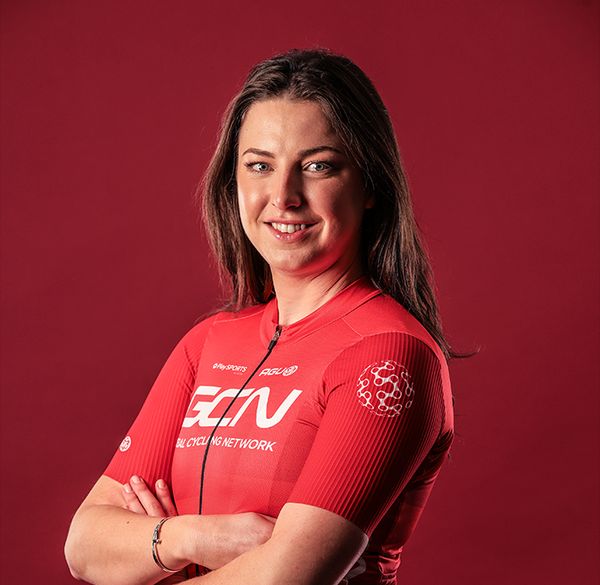
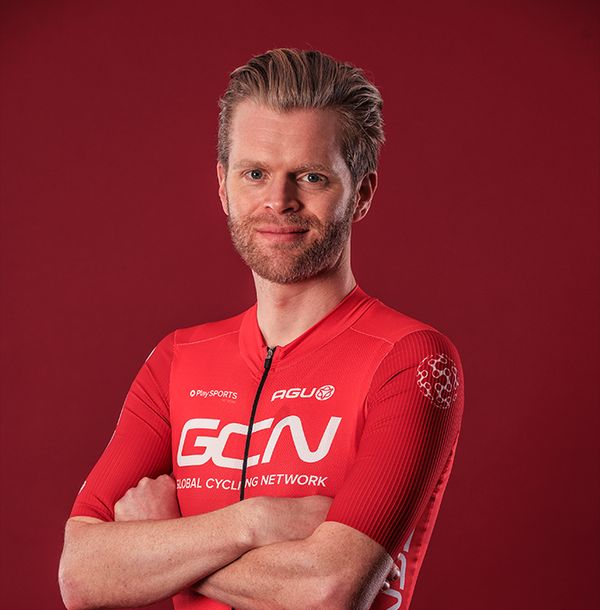






.jpg?w=600&auto=format)


